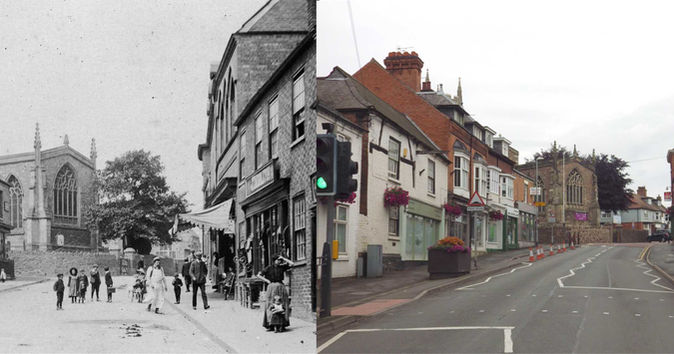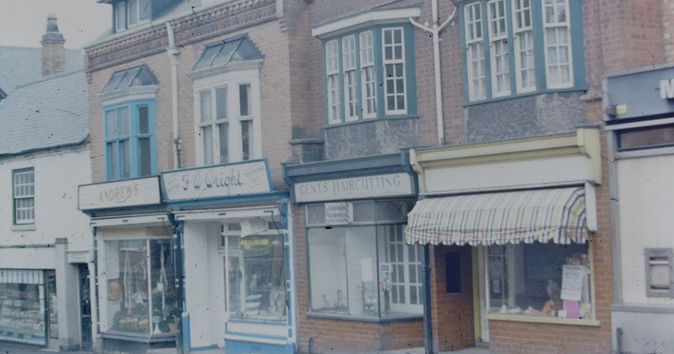

Sileby History


Its people and places. A community through time.


Sileby Gallery Photographs
High Street
The High Street is Sileby's main throroughfare and before the mid-19th century it was a mixture of farm houses, shops, beer houses and cottages. It was the focus of village activities with fairs, wakes and processions often taking place here. Many dramatic and tragic incidents have taken place here, including the murder of village policeman PC Wilkinson in 1903.
From the mid 19th century the character of the street began to change. A small brewery behind the Duke of York was expanded by the Sharpe family starting in 1874. By 1884 this had developed into an enormous steam brewery with maltings and other buildings. Alongside the brewery a gasworks was established by the Sileby Gas Light and Coke Company Ltd in 1865. This company provided gas and gas lighting to the village and later to Cossington and Seagrave. After nationalisation in 1948, Sileby became a grid station of the East Midland Gas Board. Nevertheless, gas production was phased out during 1954.
Industrial growth in the village led to a fluorishing retail and cash sales sector. By the 1890s most things could be purchased or sourced in the village, and High Street and King Street became the shopping hub. In general, High Street mirrored the economic state of the parish. For example, the redevelopment of retail shops in the 1880s followed in the wake of the beginnings of village factory production and increased wealth in certain sectors. The 20th century saw the High Street as an important part of the local economy with the range and quality of the goods and services offered. Family retail businesses operating during this important period include Wise, Andrews, Wright, Allsopp, Parkinson, Middleton, Norton, Wholton, Goss and Middleton.
By the late 1980s and into the 1990s the proliferation of empty shops and 'for sale' signs was a reflection of Sileby's industrial decline, a village with its economic heart ripped out.
Slowly and surely the High Street has recovered, although it has lost all its public houses in the process. It has adjusted to the proto-town that the wider village has become. It now mainly caters for providers of services. However, embedded within the street are the parish council offices and community centre, re-iterating the importance of High Street's location and context within the parish at large.



















